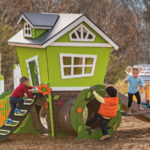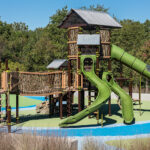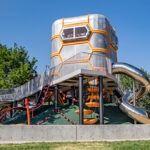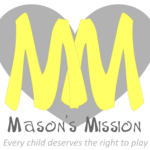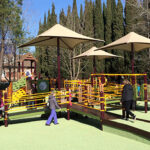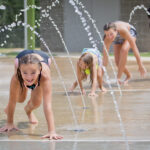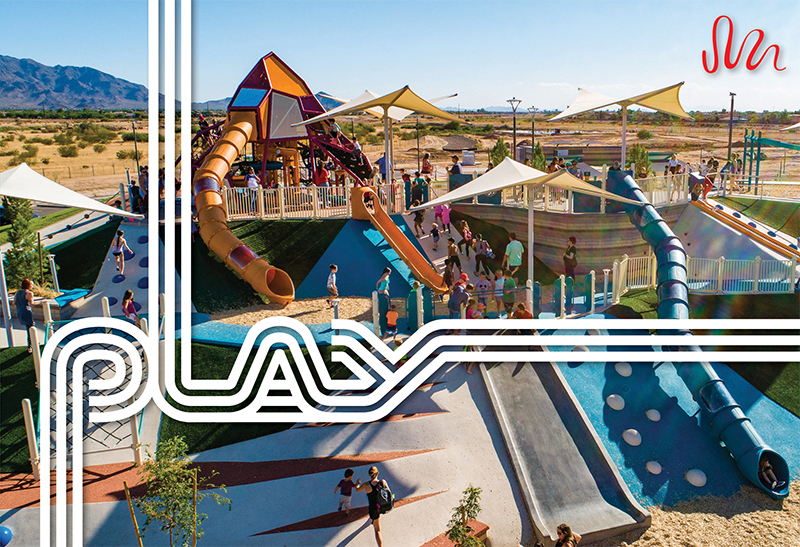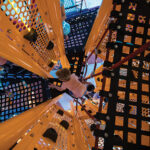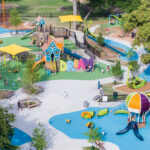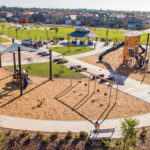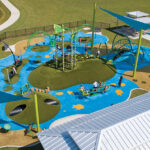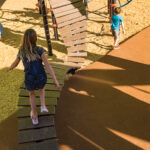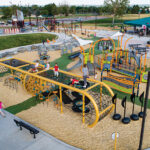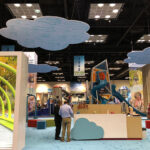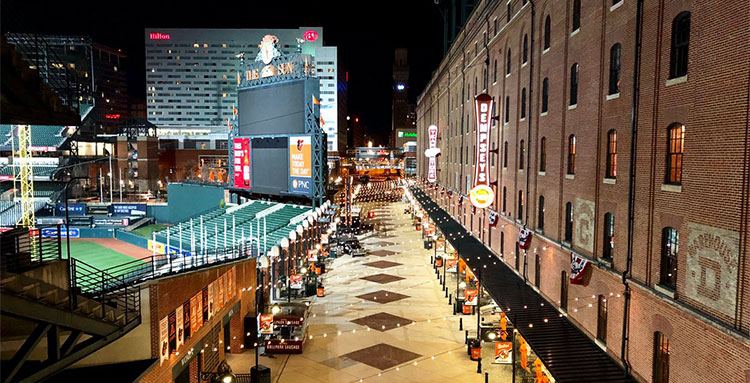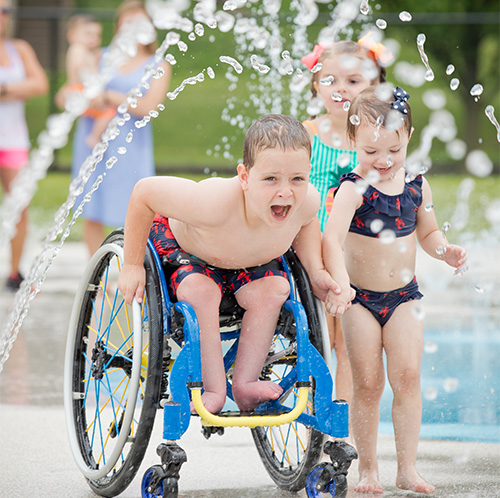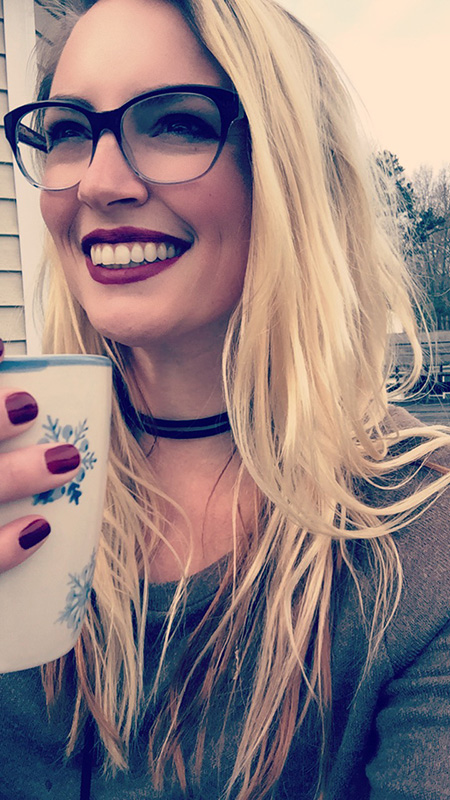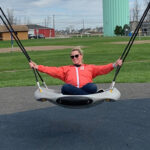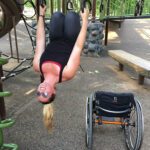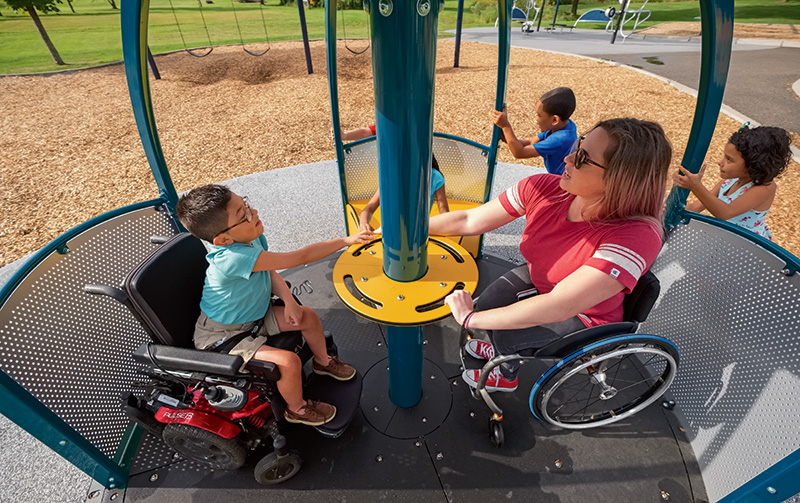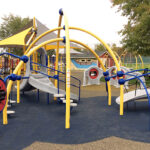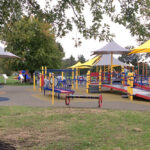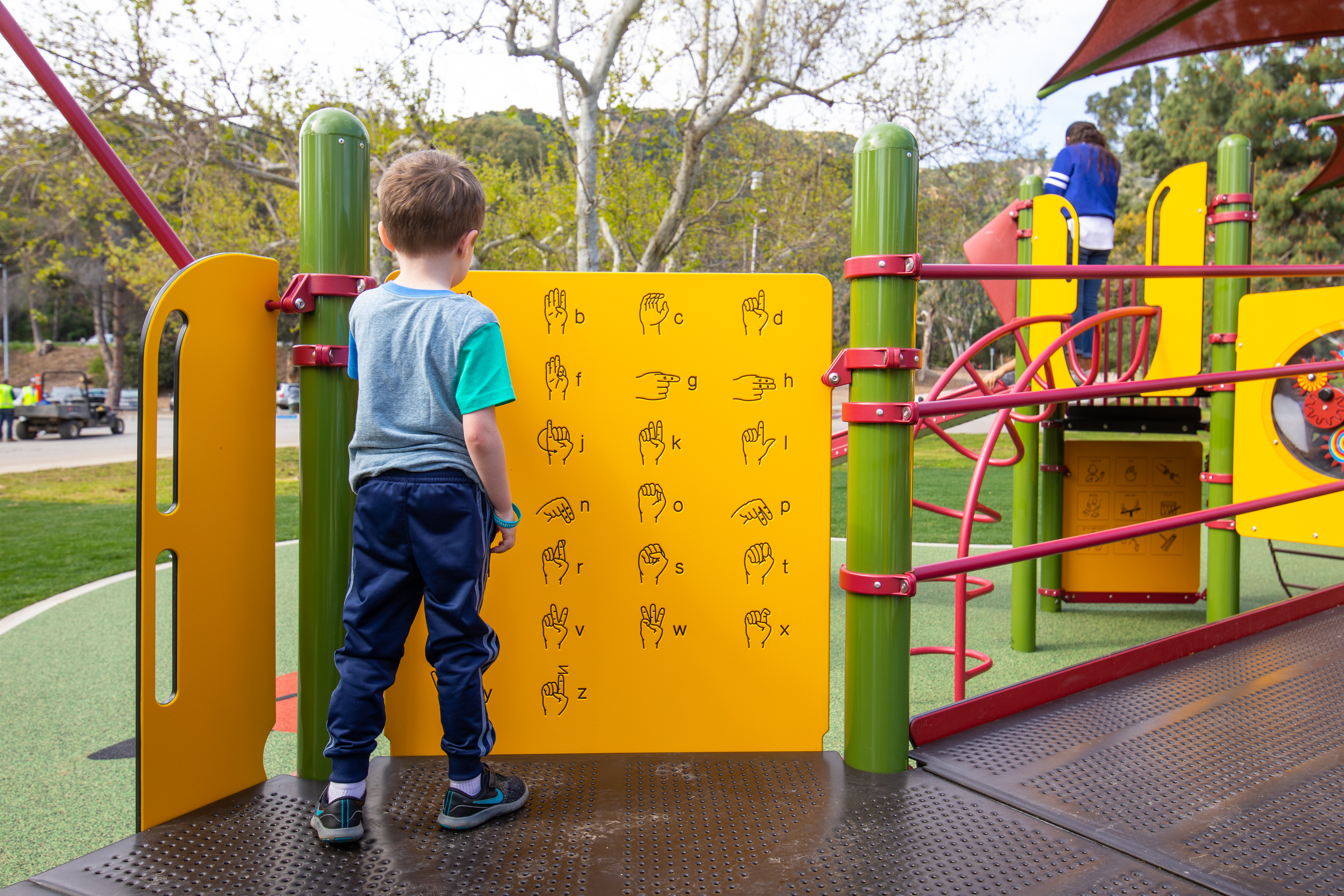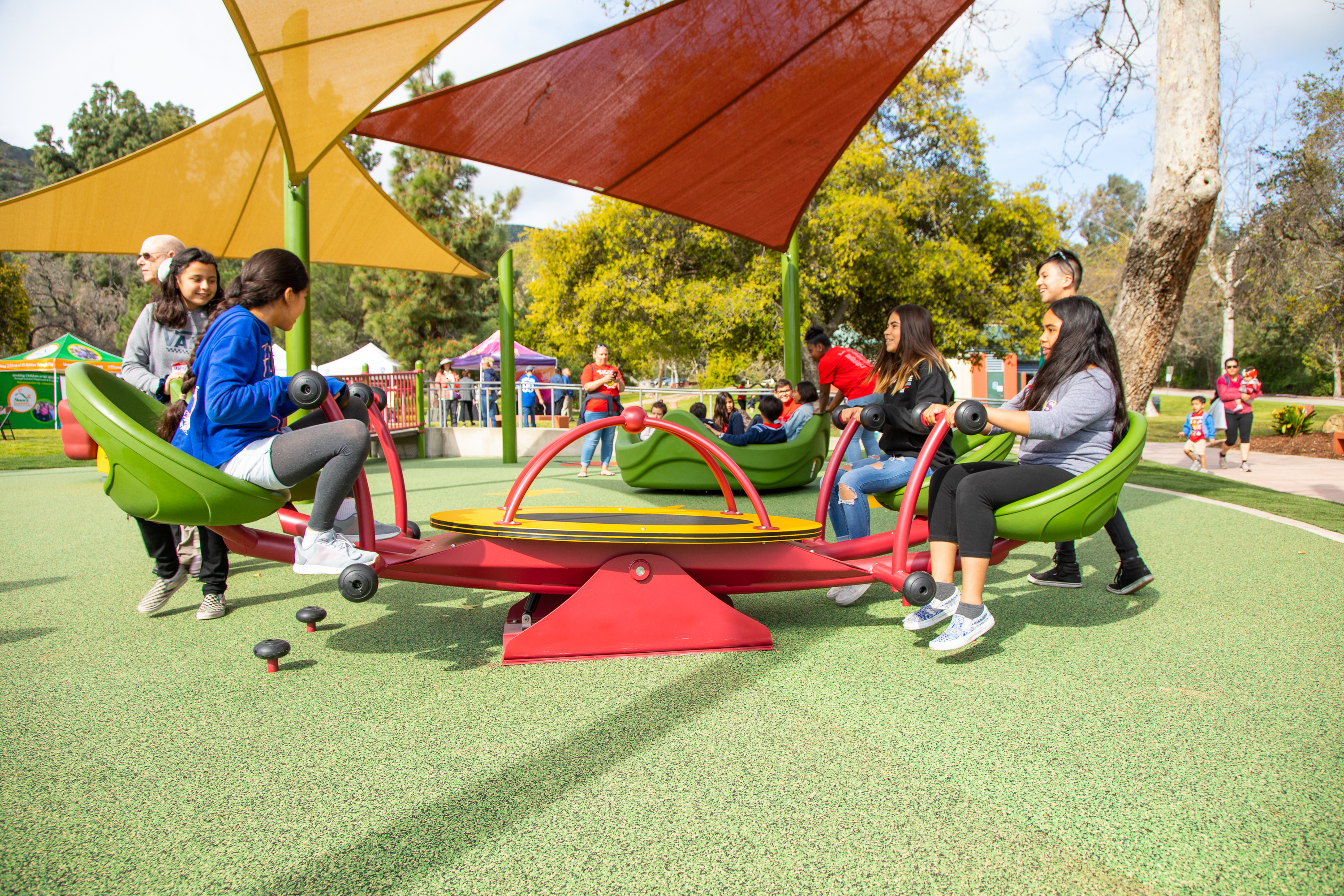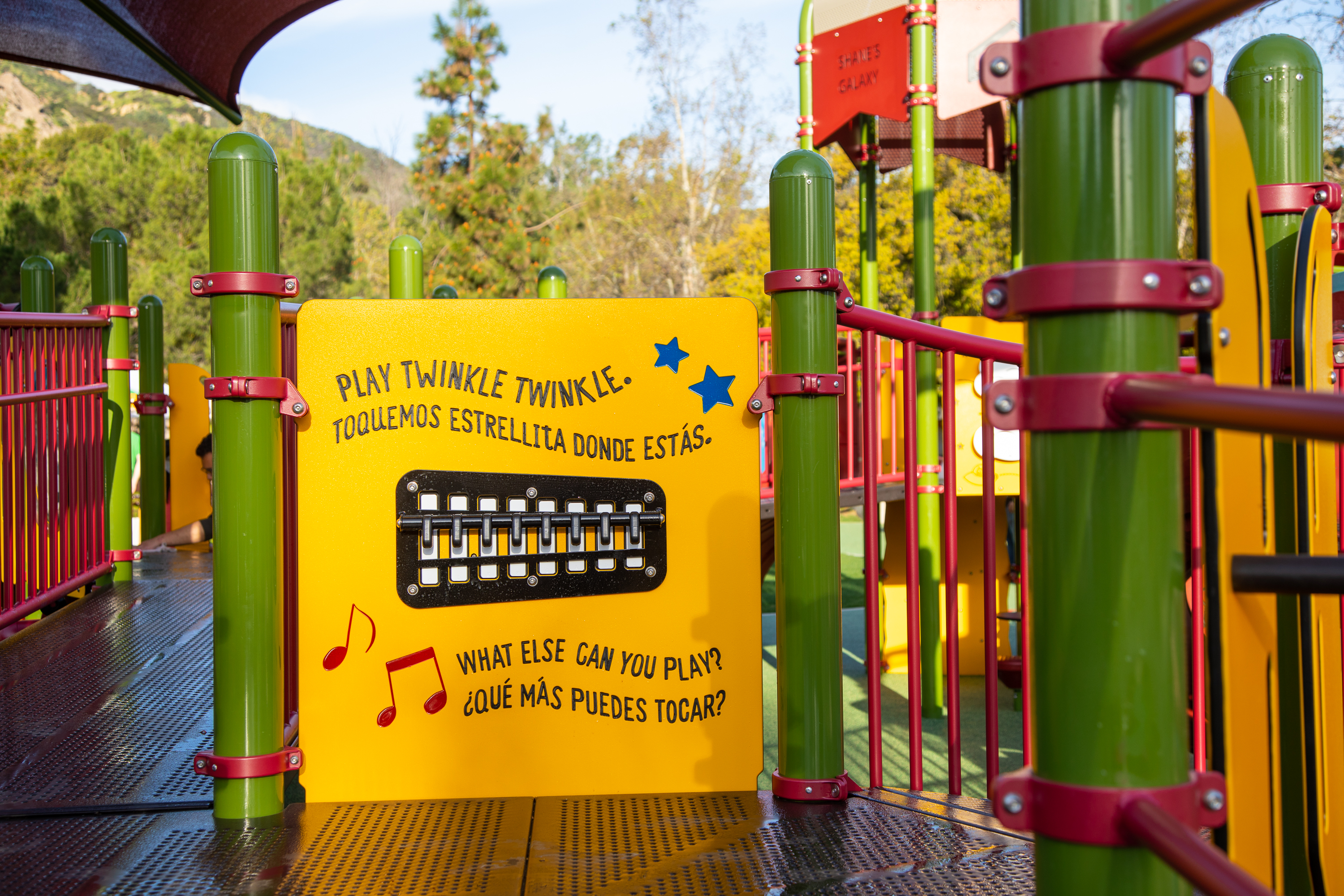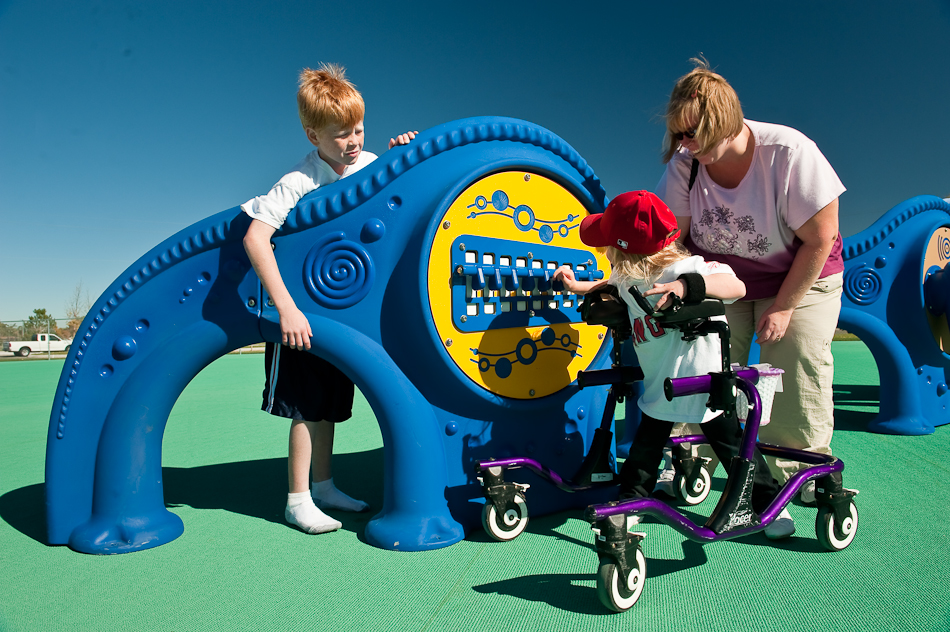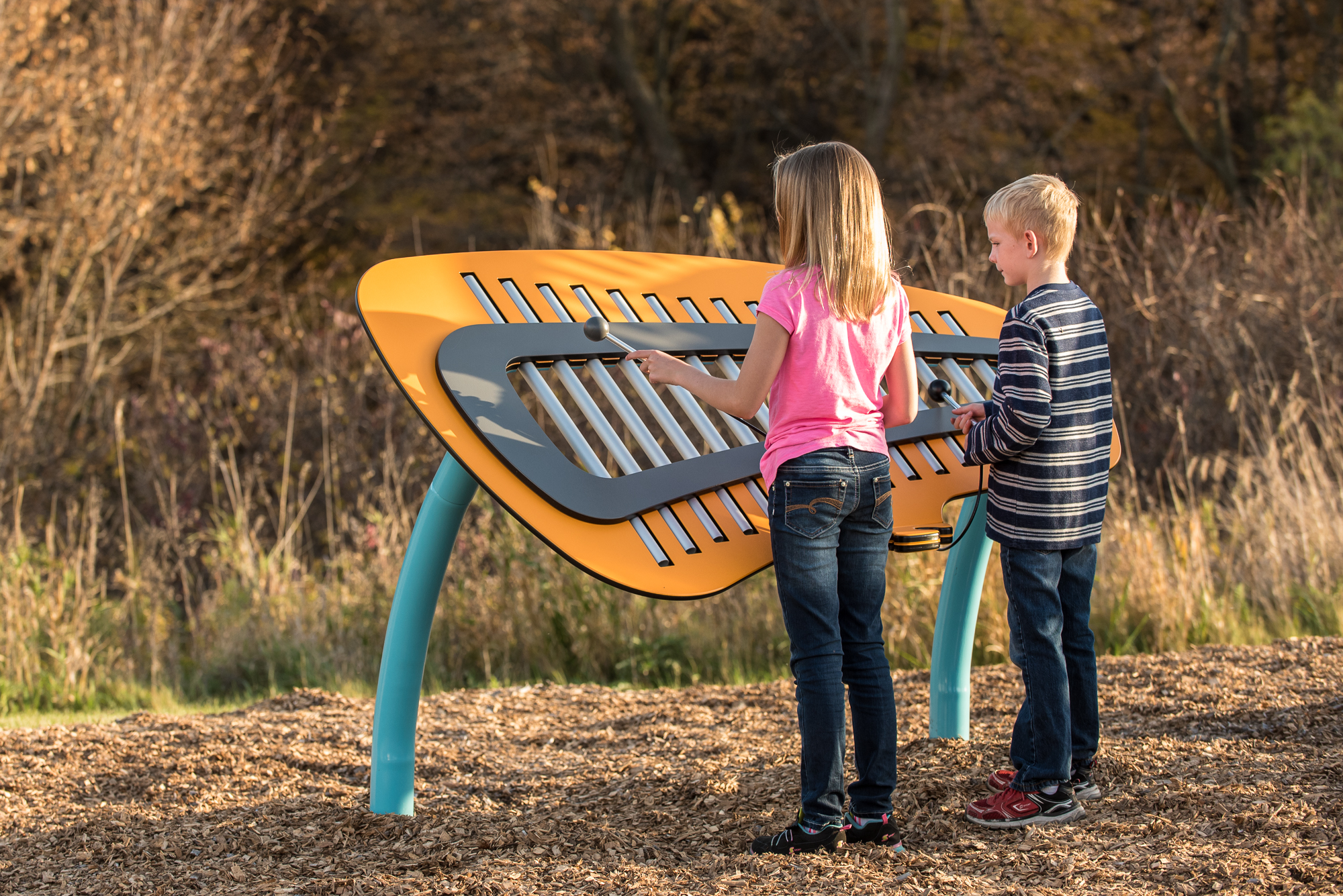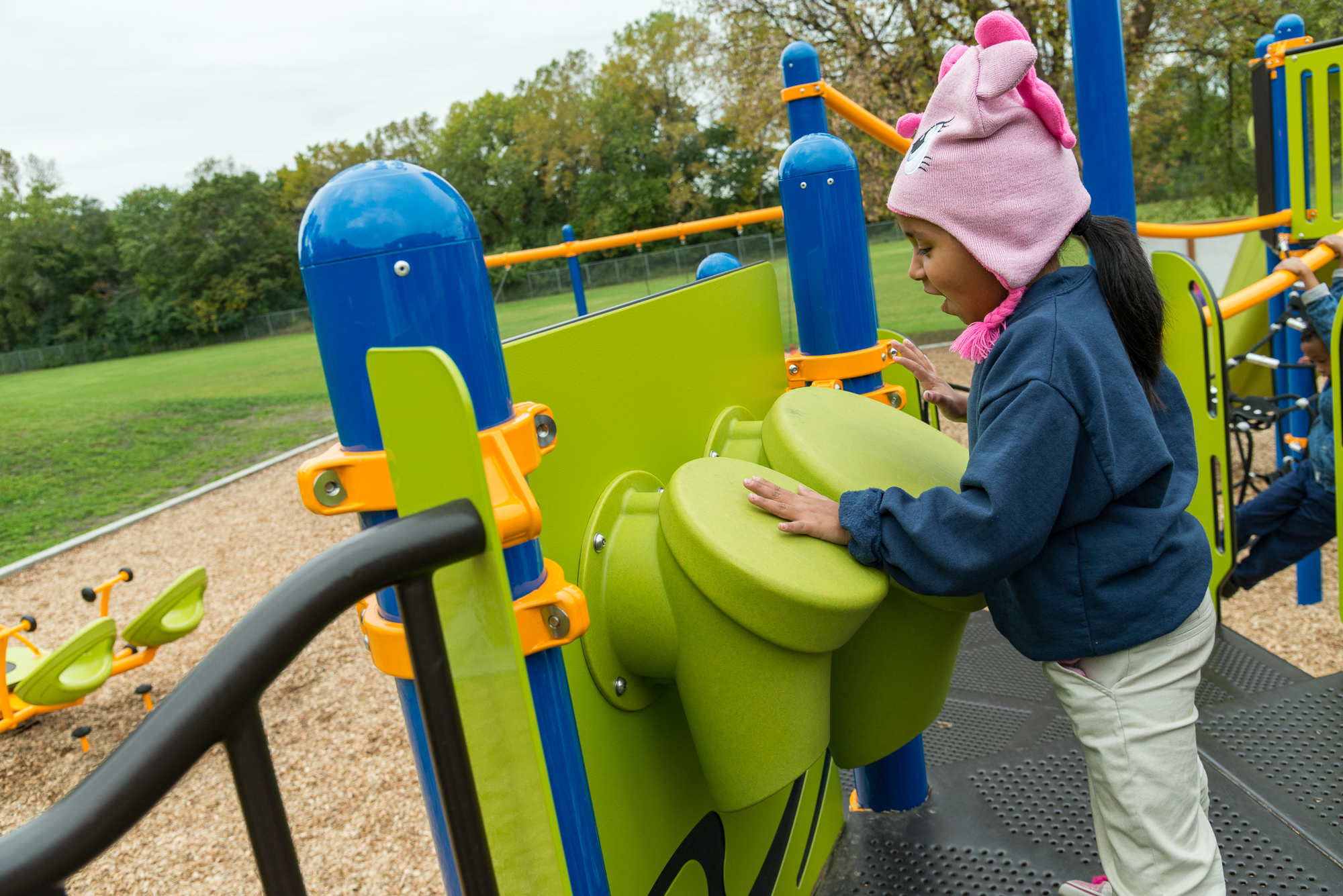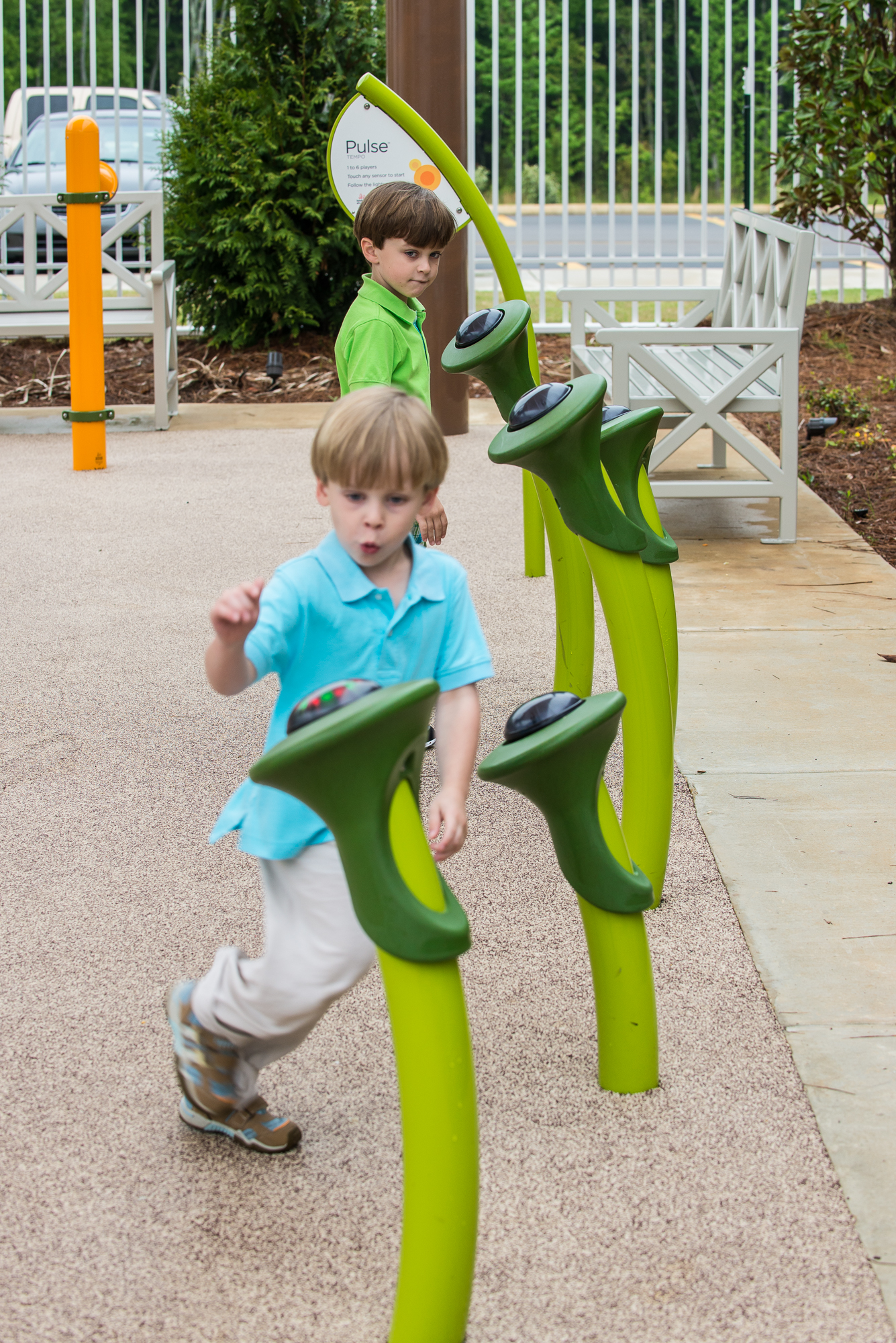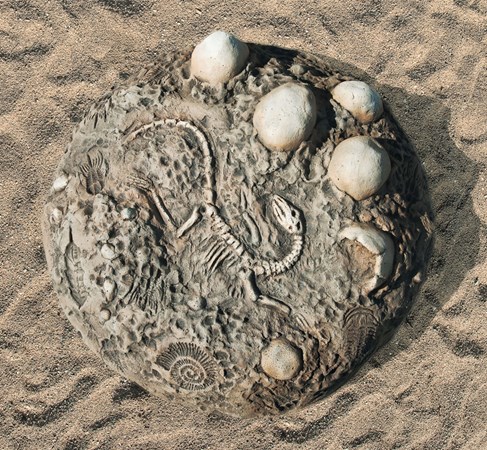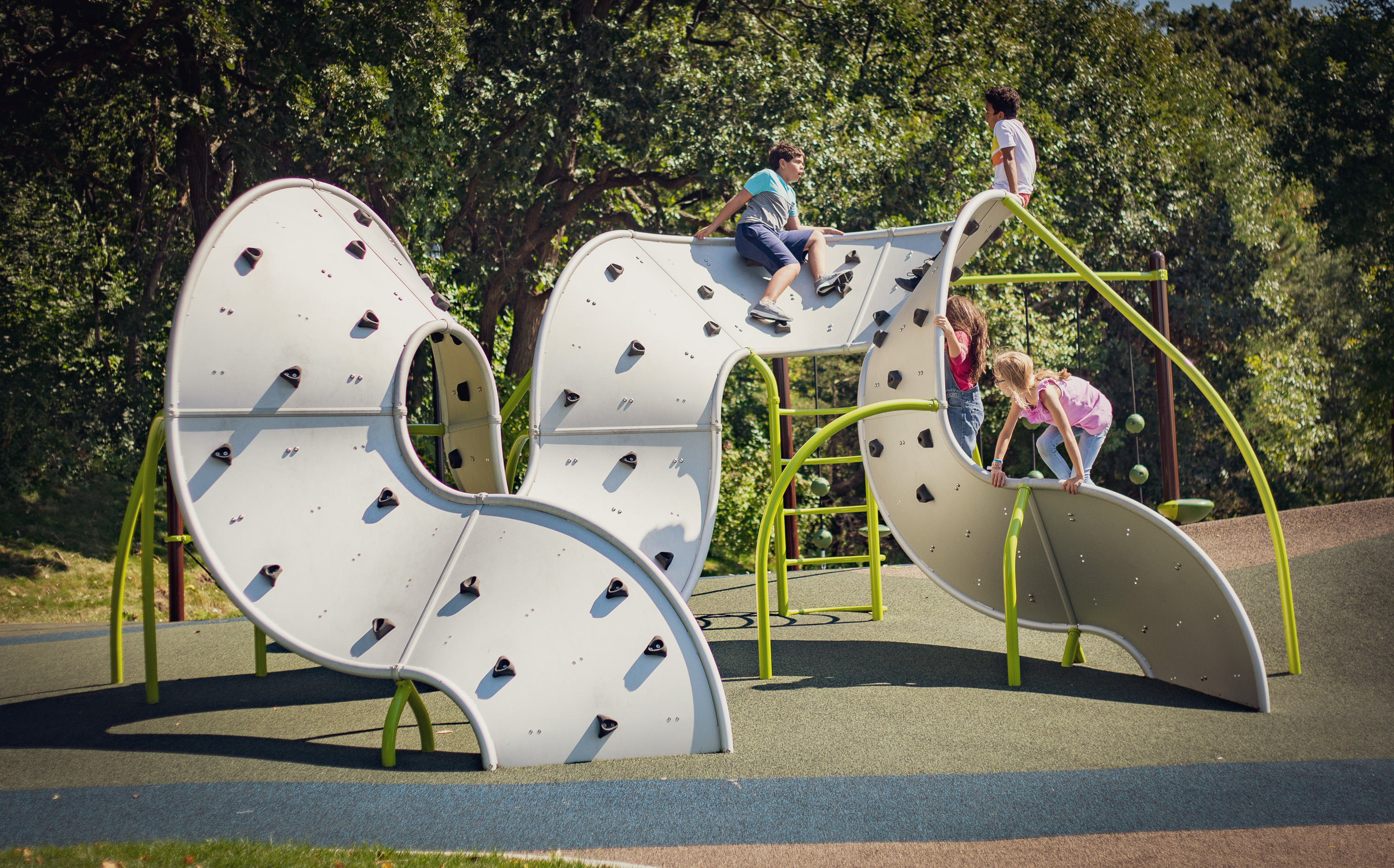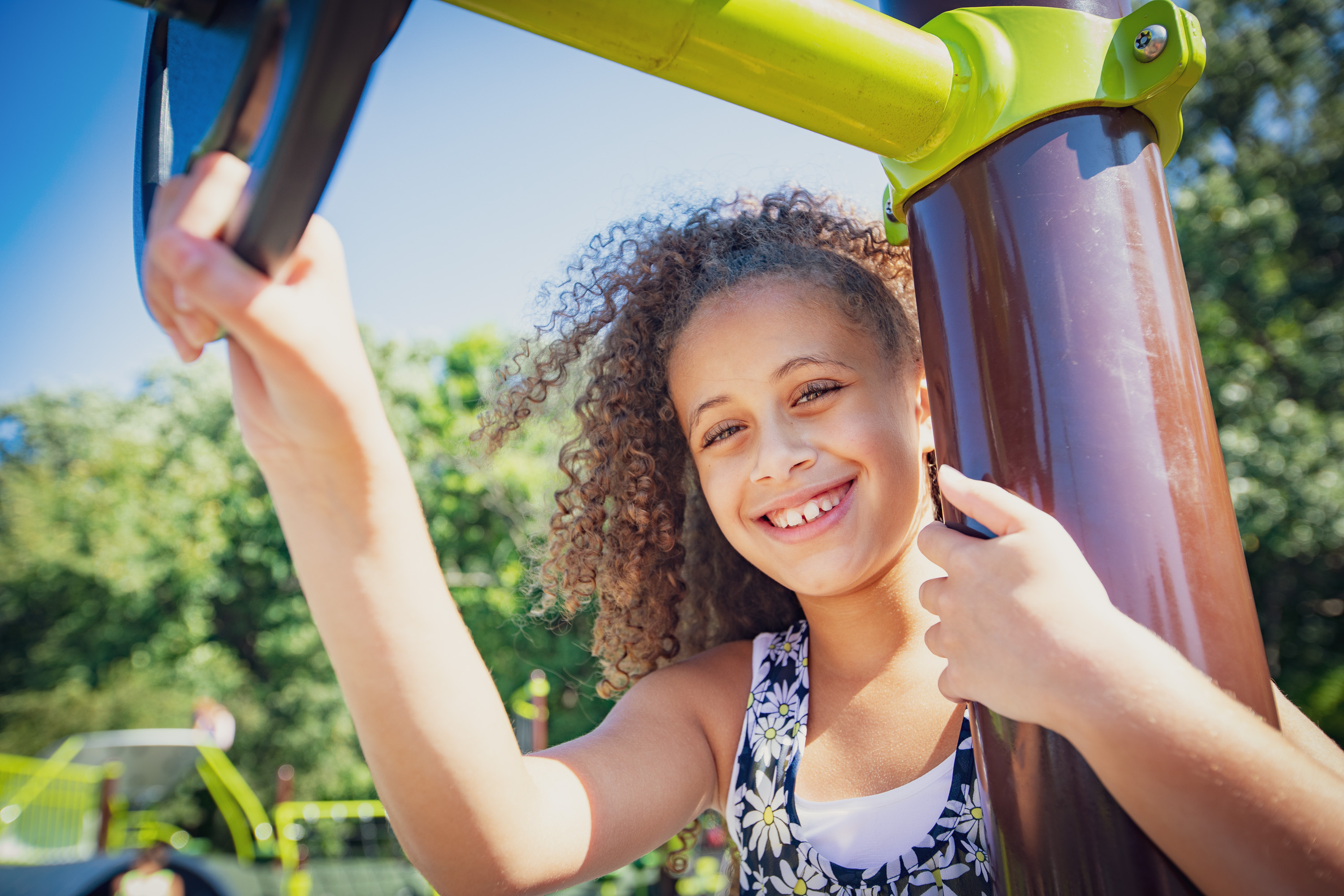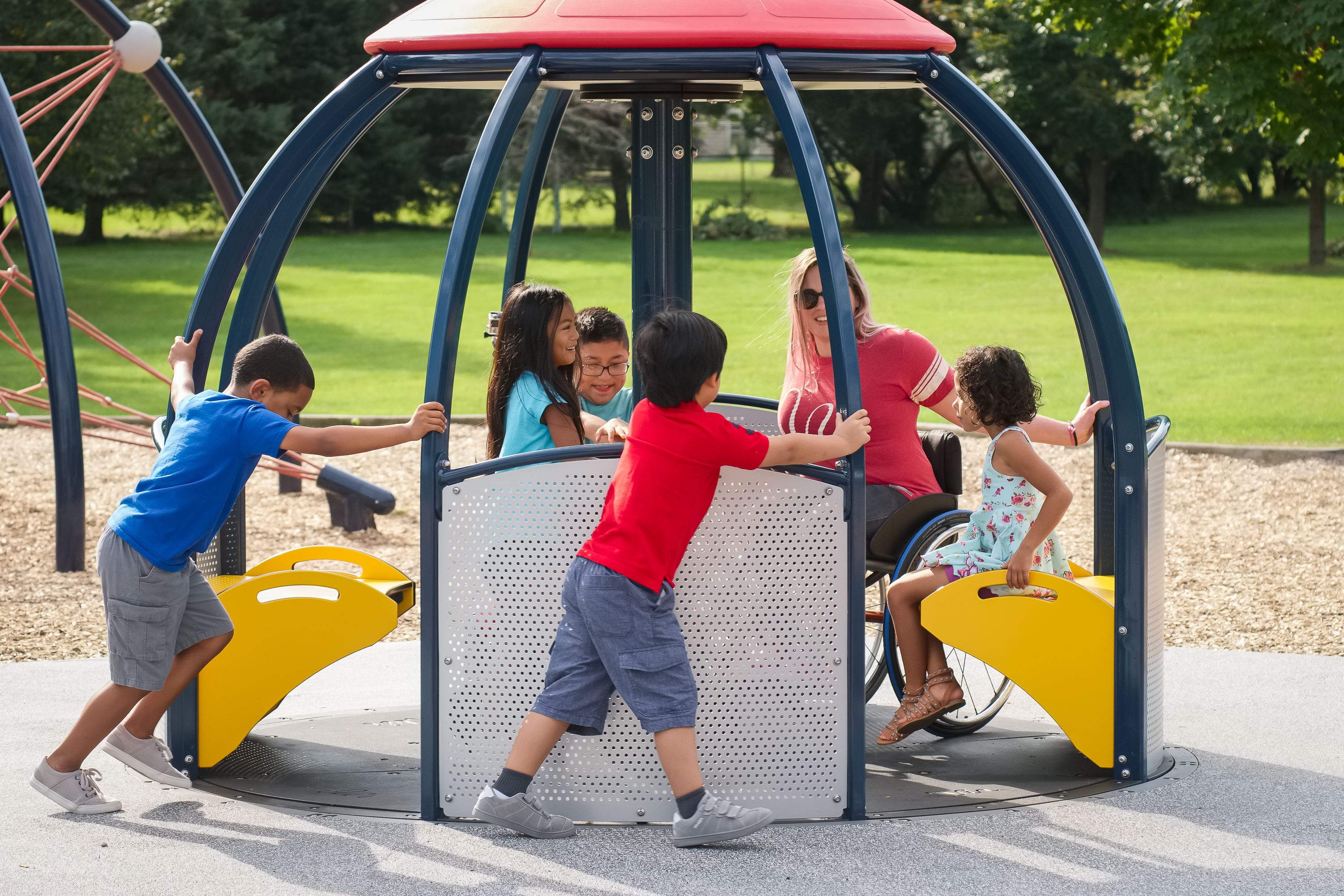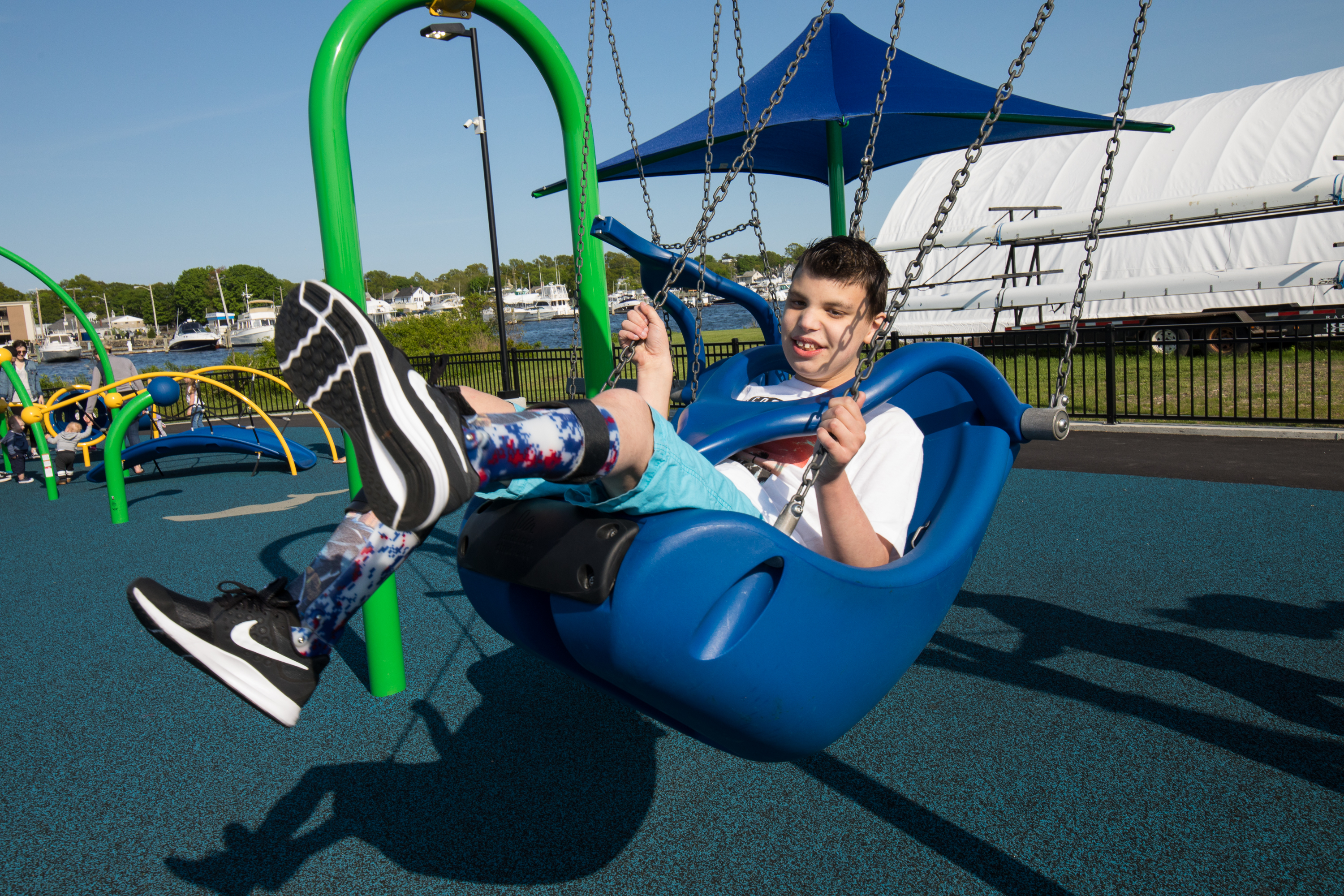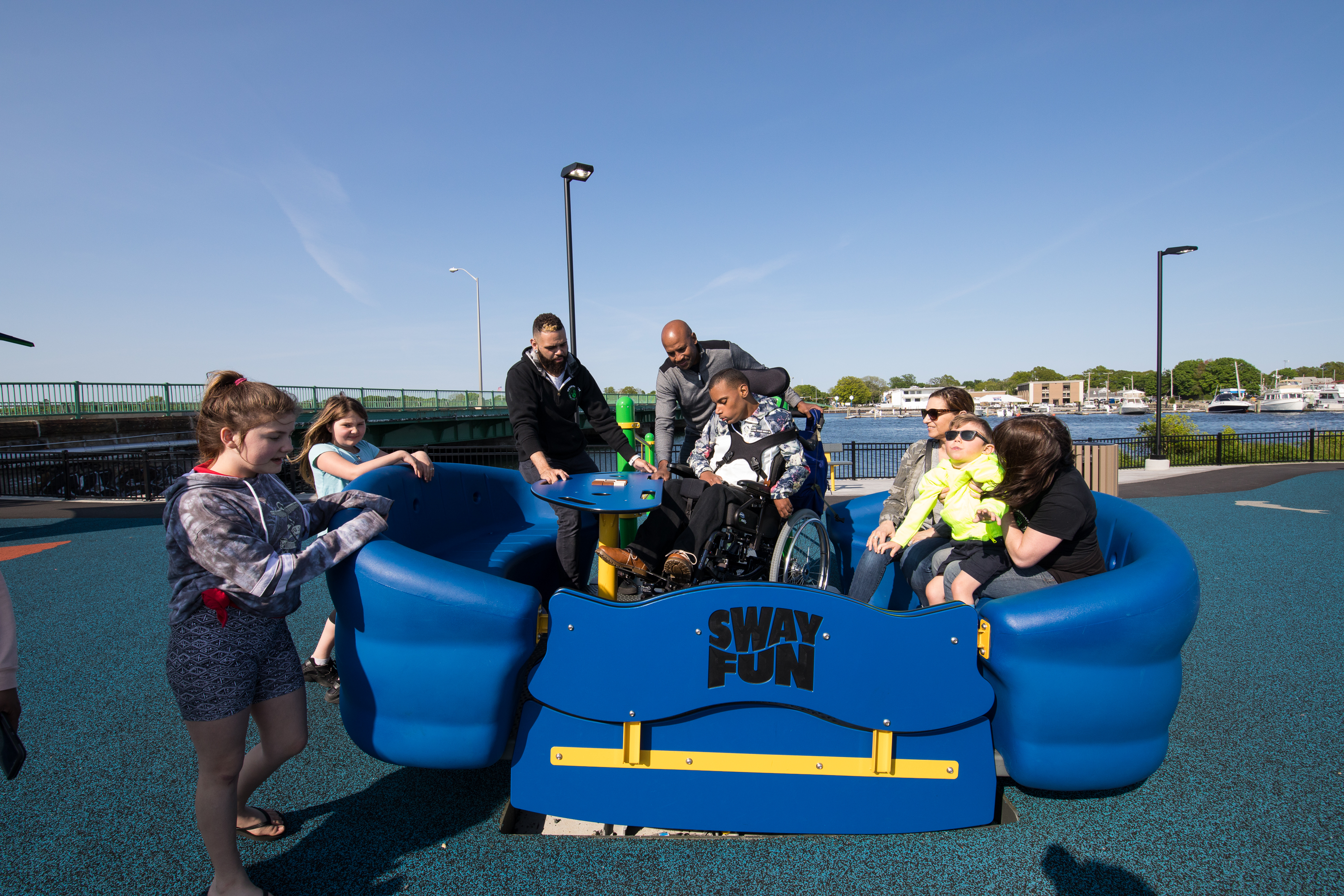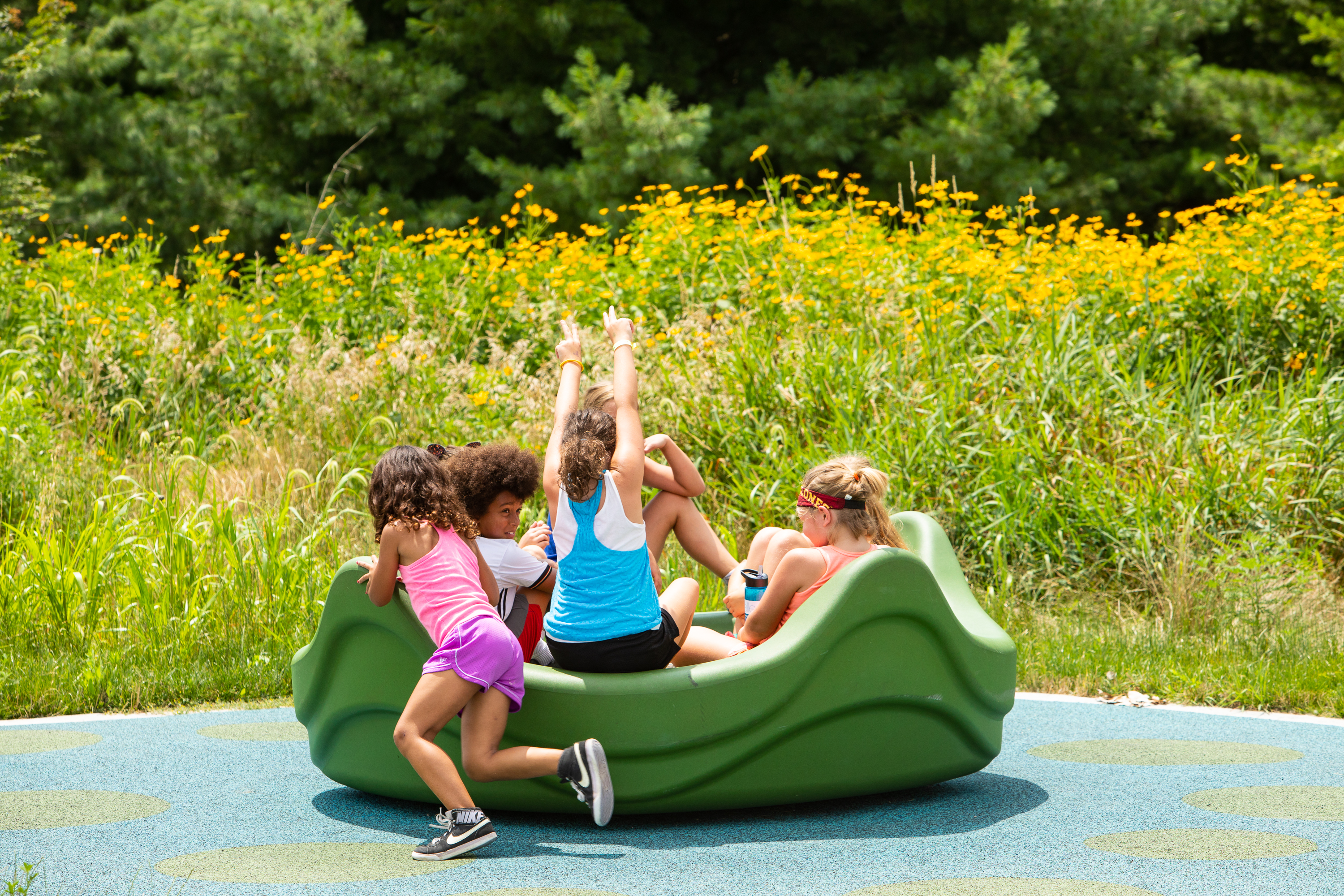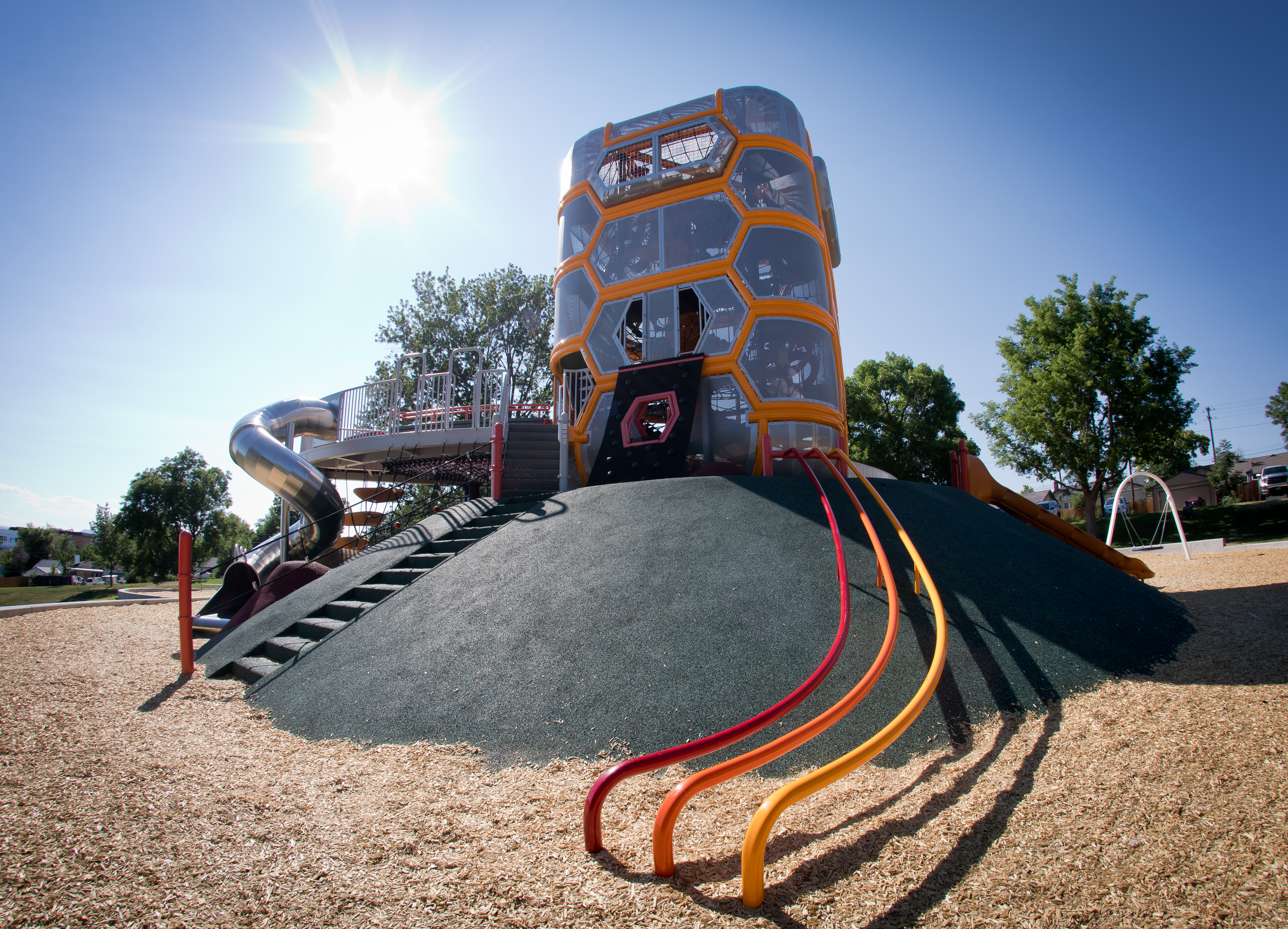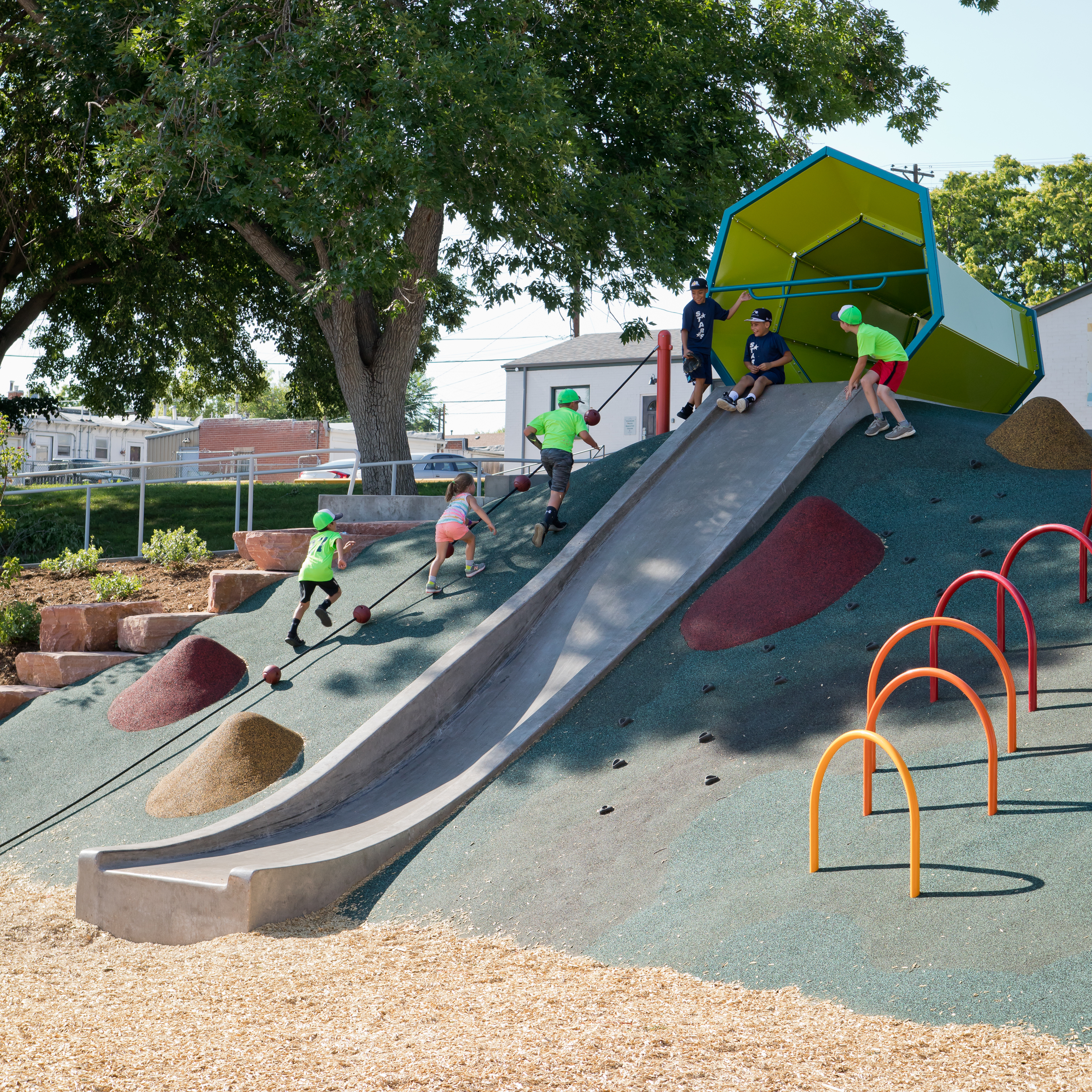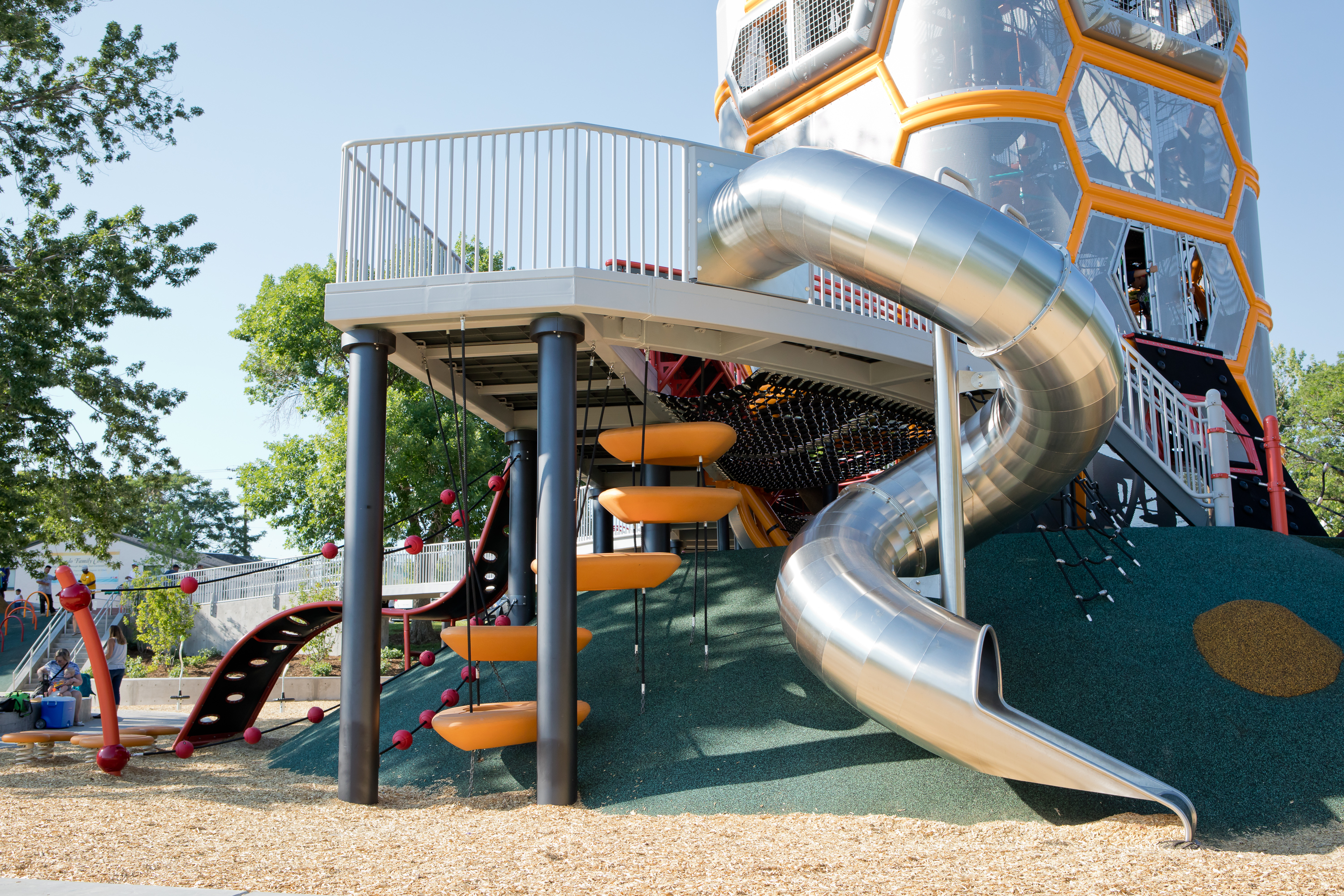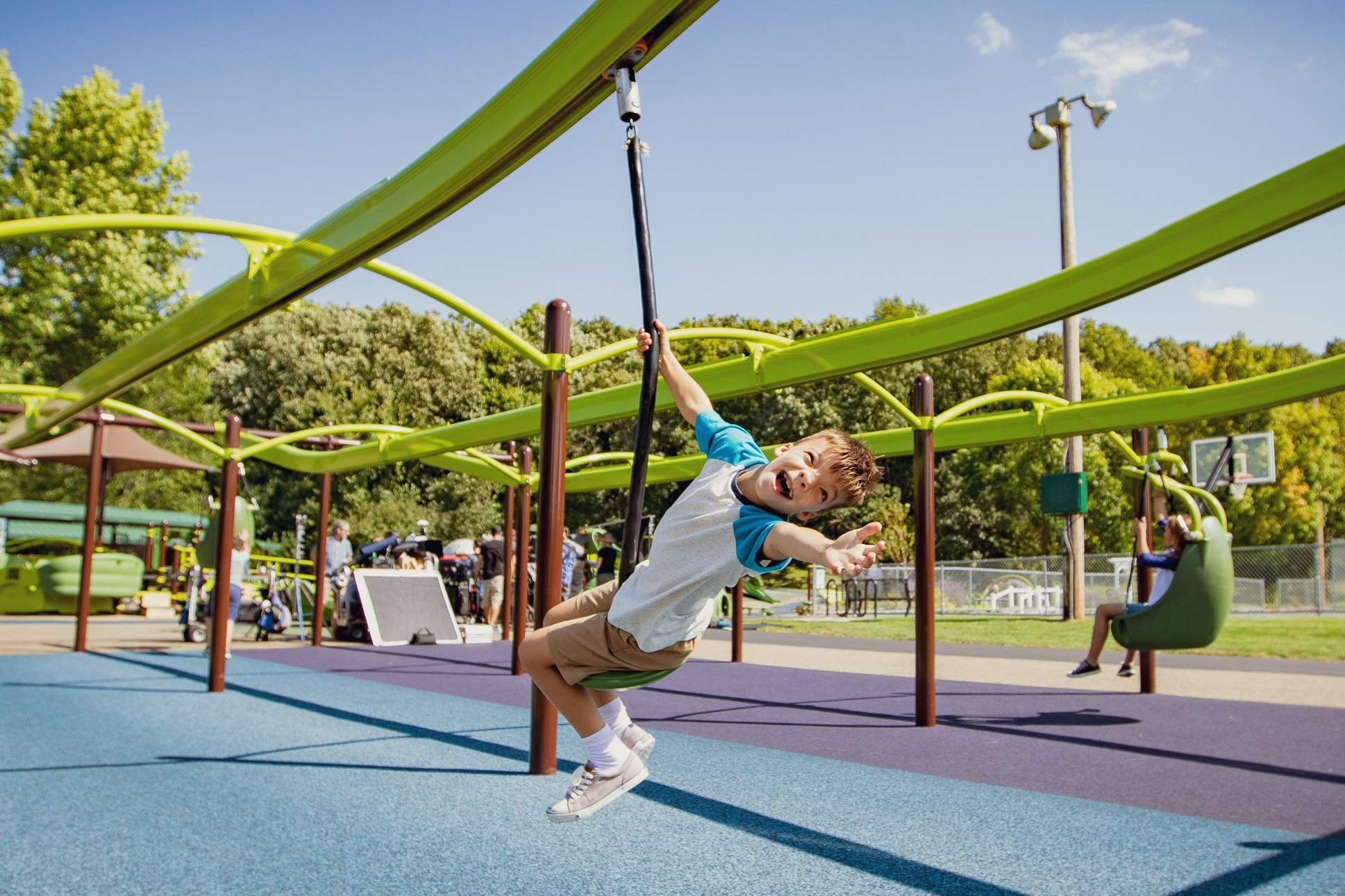
We are kicking off a new decade in 2020. But before we do, we wanted to reflect on the past one as it has been filled with play! See the best of the 2010s in the form of our most read blog posts.
1. Limited editions
I’m terrible at keeping up with current politically correct labels. It’s a real problem in my life because as a wheelchair user, you’d think I’d be an authority on it. However, I’m not sure what the term is this week. It moves from handicapped to wheelchair-bound, to disabled or special needs. Differently-abled. Handi-capable. I’ve heard it all.
2. Five considerations for your toddler and preschool playgrounds
To help you create a dream playground for your daycare or preschool that focuses on toddlers’ developmental needs in mind, we created a fun infographic.
3. Spreading the message of inclusion
We’re working with Shane’s Inspiration to promote the animated short film, “Ian,” which aims to help children understand disability and spread the message of inclusion.
4. How to design nature playground environments
Not many of us would disagree that technology is great—it provides convenience, fun and connection to everything. However, all of that technology has also changed the way children play. Kids are spending more time inside, in front of screens and they’re being less active.
5. Case study: Play reimagined
The giant 1950’s microphone-inspired tower heralds the horizon, but the built-in play value is what really makes this park honoring local radio DJ Paco Sanchez truly extraordinary. Brilliant colors and bold presence aside, it’s the imaginative use of the musical references that do the hard work of delivering dynamic play.
6. Imagine the possibilities of your splash pad
Looking for inspiration for your next spray park or splash pad design? Look no further. Aquatix by Landscape Structures has pulled together a sampling of featured projects that have been designed and installed throughout the country. The water park designs highlight new product innovations as well as classic water play activities that create remarkable aqua play environments.
7. Connecting kids to nature with natural playground designs
When it comes to themed playground designs, it’s all about natural playgrounds. At least that’s what experts are saying according to the article, “Let your Imagination Run Wild” in the February edition of Parks & Recreation magazine. Our very own Scott Roschi, creative director, says nature-themed playground equipment is so popular because community leaders are looking for ways to reconnect kids to the natural world around them.
8. First inclusive playground opens in Russia
On Monday, Feb. 10, we celebrated from afar the grand opening of the first inclusive playground in Russia. The inclusive playground was installed in association with the 2014 Olympic and Paralympic Winter Games in Sochi.
9. Tell a story with your playground colors
You may have seen that we introduced eight new colors to make your playground designs pop, blend in or tell a unique story. But with all the infinite number of colors available, how did we choose peacock, buttercup, sky, grass, berry, lagoon, paprika and carbon?
10. Are splash pads the new public pool
Geographical areas that experience their version of “warm weather”, whether that be a few scorching months of summer, or relatively mild temperatures nearly year round, are most likely familiar with the concept of a nearby cool-off zone. For many decades, that has meant a community pool where families and nearby residents could gather to seek relief from the sun and expend warm-weather energy.
Thank you for tuning in to Together We Play over the past decade. We’re looking forward to an exciting year of play; tell us below what you’d like to see more of in 2020 and we’ll do our best to share it here.

